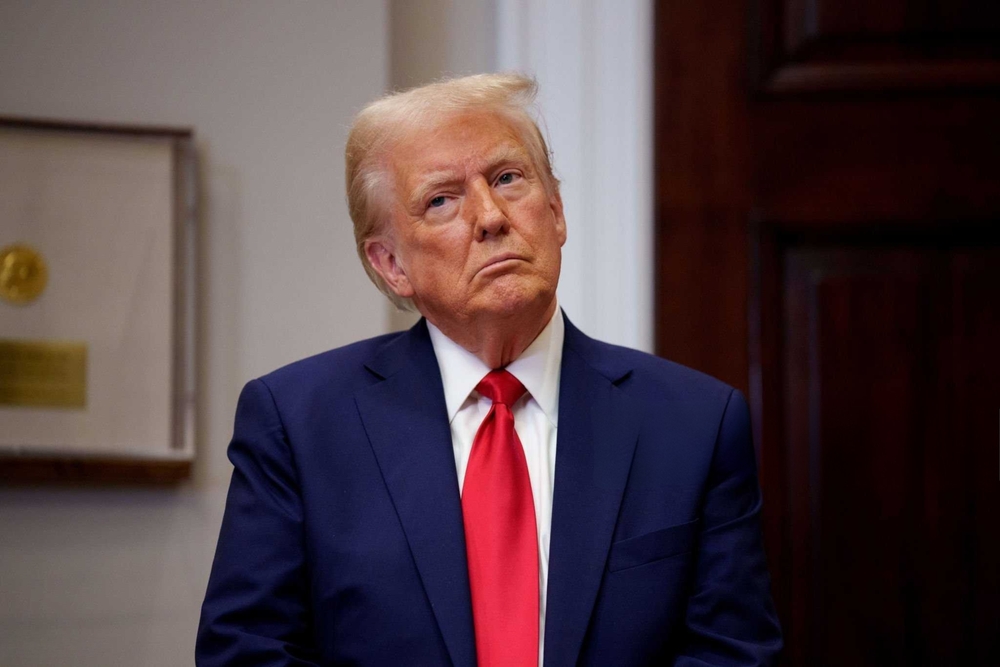
Federal Reserve Chair Jerome Powell is once again in President Trump’s crosshairs after the Fed opted not to cut interest rates, widening the gap between U.S. and European monetary policy.
“‘Too Late’ Jerome Powell is costing our country hundreds of billions of dollars,” Trump wrote on Truth Social, accusing the Fed and government officials of being “complicit” in the decision.
“Europe has had 10 cuts, we have had none. We should be 2.5 points lower and save billions on all of Biden’s short-term debt,” he added.
On June 18, the Fed held rates steady for the fourth consecutive meeting, with Powell citing ongoing concerns over inflation thanks to Trump’s new tariffs.
For now, the central bank remains in wait-and-see mode as it gauges how tariff-driven price pressures might ripple through the broader economy.
Trump, however, has repeatedly criticized the Fed’s inflation outlook, pointing instead to recent signs of cooling in official data.
In May, the Consumer Price Index rose just 0.1% on the month and 2.4% year-over-year, suggesting that tariffs have not yet triggered significant inflationary spikes.
Even so, Fed officials last week revised their outlook, projecting 3% inflation for the year — up from 2.7% in March — reflecting growing concerns over the tariff impact.
Europe vs. America: Central banks move in opposite directions
While the Fed holds firm, European central banks have aggressively shifted into easing mode.
On June 19, both Switzerland and Norway cut interest rates, citing weakening growth and falling inflation. Sweden’s central bank also delivered a rate cut earlier this year, emphasizing that price pressures continue to subside.
The Bank of England held rates steady last week but has already cut twice in 2025 and signaled another cut could arrive this summer.
Meanwhile, the European Central Bank has delivered three cuts so far this year, most recently in early June.
That move has widened the gap between U.S. and European rates to more than two percentage points.
“Inflation will take longer to come down in the U.S., the Fed will need to be patient. But there’s nothing holding back the ECB,” said Mahmood Pradhan, global head of macro at Amundi Asset Management.
Torsten Slok, chief economist at Apollo Global Management, said the divergence in monetary policy has complicated life for foreign exchange markets.
Historically, the euro-dollar exchange rate moved tightly with interest rate differentials. But, as Slok noted, “that relationship broke down completely when the trade war began.”
Your email address will not be published. Required fields are markedmarked